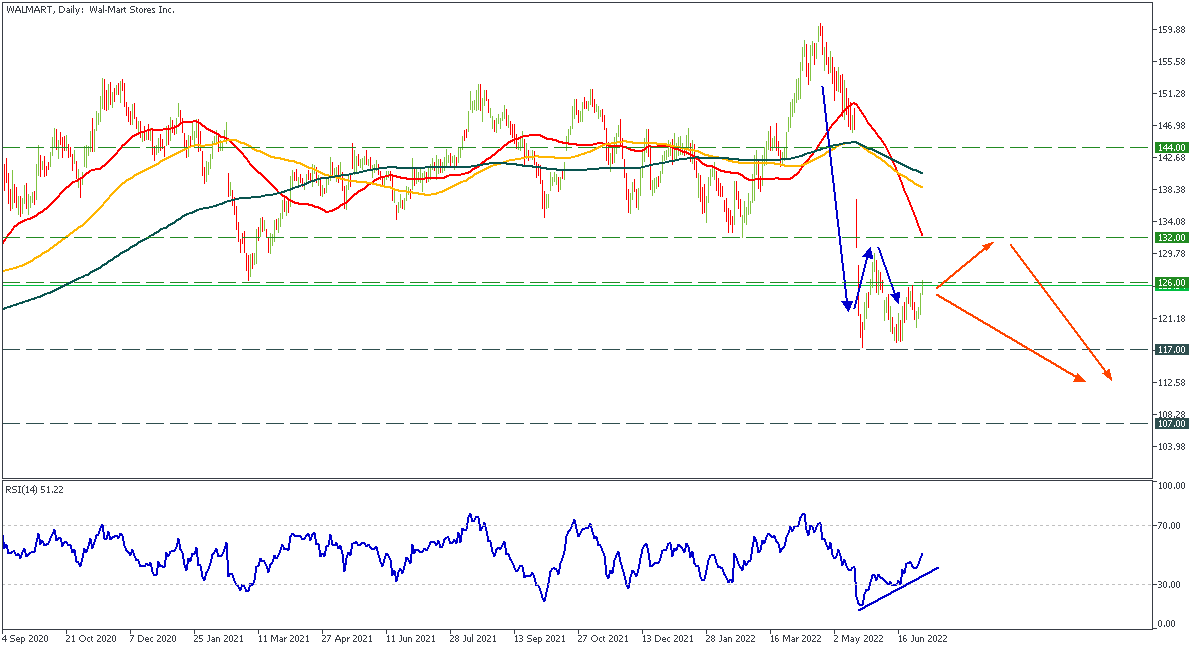Earnings Season Forecast is Surprising
The second earnings season of 2022 has almost begun. From banks and tech stocks to cars and the retail sector: in this outlook, we covered the most promising releases of this summer and made several projections on the companies’ prospects. The result will surely surprise you because the bullish market has ended, and it’s now way more complicated for retail traders to raise some funds.
Bank of America and other financials
Large banks reported a record-high increase in revenues in 2021. Usually, banks benefit from rising prices and rates because people deposit more money which can be used in loans and investments. Here’s what we have for the bank sector (banks’ reports are delivered before the market opens):
JP Morgan Chase (JPM): July 14;
Morgan Stanley (MS): July 14;
Wells Fargo (WFC): July 15;
Citigroup: July 15;
Goldman Sachs (GS): July 18;
Bank of America (BAC): July 18;
Deutsche Bank AG (#DBK): July 27.
As for 2022, Charlie Munger, one of the wealthiest investors in the world, holds most of his money in Bank of America. Almost 45% of his money is there. Wells Fargo comprises 36%, and US Bancorp is a place for 3.5% of Munger’s funds. Let’s look closer at Bank of America, then.
In a report released on July 1, Mike Mayo from Wells Fargo (interesting overlap, doesn’t it?) maintained a Buy rating on Bank of America, with a price target of $55.00. The company’s shares closed last Tuesday at $30.78, close to its 52-week low of $30.64.
The divergence on the H4 chart hints at a soon reversal to the $33.00. However, the downtrend won’t end until the stock is under the 100-daily MA (the $35.00 level).
Bank of America H4 chart
Resistance: 33.00, 35.00
Support: 30.00, 29.20

Tech stocks are still expensive
Remember the dotcom bubble of 2000? Some technological stocks lost 95% of their capitalization back in the day. We don’t insist on repeating that movement, but most companies may go significantly lower. Their reports will pave the way for the decline. Here’s what you should follow:
Google: July 26, after the market close;
Meta (FACEBOOK): July 27, after the market close;
Amazon: July 28, after the market close;
Twitter (TWTR): July 28, before the market opens;
Apple: July 28, after the market close;
Intel: July 28, after the market close;
Activision Blizzard (ATVI)l August 2, before the market opens;
AMD: August 2, after the market close;
Nvidia: August 24, after the market close.
Keep an eye on Nvidia, as the company may reveal fascinating news about crypto-mining GPU sales. The stock will be quite volatile. However, the report is far away from today, so that we wouldn’t bother you with analysis right now. Don’t forget to check the site, as more news about Nvidia and AMD will be coming closer to the dates of the reports.
Retail sector lost enough to come back
Long story short, here are the most important retail reports on this earnings season:
Pepsico: July 12, before the market opens;
Coca-Cola: July 26, before the market opens;
Walmart: August 16, before the market opens;
eBay: August 3, after the market close.
Inflation landed like a thud in the retail sector in May as industry leaders reported on the impact of higher costs on their operations. It wasn’t long before investors responded, and some of America’s largest retailers saw the biggest declines in their stock prices since the market crash of 1987. We predicted the movement with fantastic accuracy, but the time has come to make another one.
Unlike Nvidia, which has enough time to surprise us with crypto, Walmart’s movements are slower. While overall spending remained robust, consumer spending has eased in some previously growing categories, causing them to flatline or even drop.
Much of the year-over-year growth in grocery spending is due to inflation, not greater consumption. Consumers are paying more but consuming less in categories such as gasoline, travel, and restaurants. We expect the trend to continue (and inflation to be present) for the next year, so the mid-term outlook for Walmart is somewhat bearish.
The stock may still reach the resistance of $132.00 in several months due to the RSI divergence and market fluctuations. Despite the short-term bullish scenario, the support of $117.00 is likely to be broken after the report release.
Walmart daily chart
Resistance: 126.00, 132.00, 144.00
Support: 117.00, 107.00
